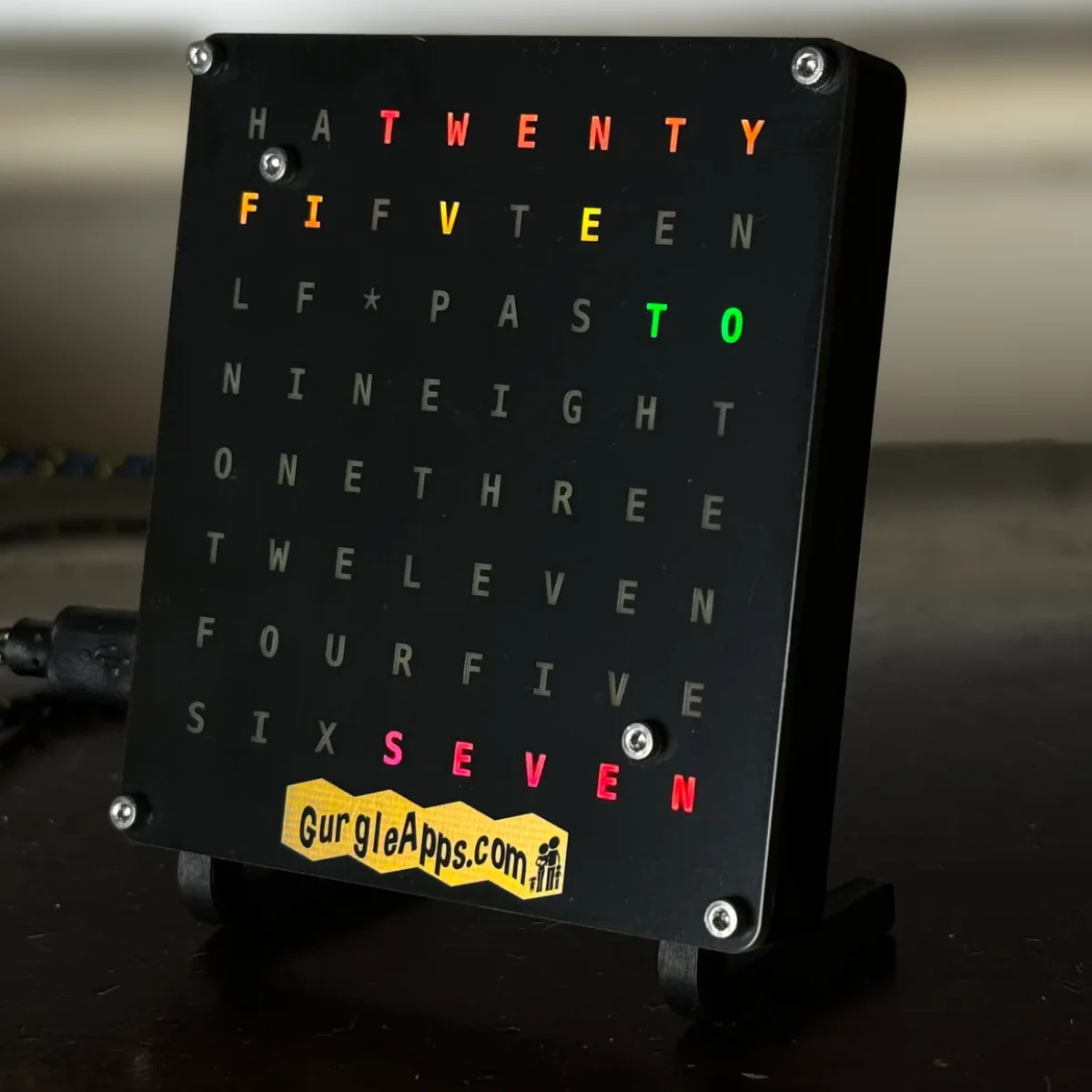electronics
Zero to Hero on Energy, Power, kWh, mAh
This article explains energy, power, milliamp hours, kilowatt hours, and other units. It will also teach you how to make loads of calculations involving how much energy different appliances store, how much it would cost to charge electrical appliances etc so you can figure out how to save electricity and if your new efficient appliance is going to save you money.
- Video
- Power (Watts) and Energy (Joules) What is the difference?
- Power Needs
- Watt hours (Wh)
- Calculating Power Bank Capacity in Wh
- Calculate how long a device will last running on a power bank
- Calculate how many times you can charge a device on your power bank
- Kilowatt hours (kWh)
- Milliamp Hours (mAh)
- Converting Milliamp Hours (mAh) to Watt hours (Wh)
Video
Power (Watts) and Energy (Joules) What is the difference?
Energy is the ability to do work. that "work" could be lifting a pack of playing cards or running a marathon. Energy is measured in Joules(J).
Power is simply how fast we are using that energy. So if something is more powerful, it uses more energy every second. Power is measured in Watts (W). 1 Watt is equal to 1 Joule per second. If my fan is rated at 30 Watts then my fan needs 30 Joules every second. Watts don't just occur in electronics, a professional cyclist, for example, could use 300 Watts of their energy when riding a bike.
Power Needs
Some devices need more power than others, they will use more energy per second. You need to make sure your power source can supply that power.
For example we ran a 30W fan on our power bank which can provide 300W but we couldn't run something that needed 1000W.
Watt hours (Wh)
Energy is measured in Joules but can also be measured in Watt Hours. How does that work?
We know power is measured in Watts, 1 Watt or 1W is just (1 Joule per second).
So in 5 seconds we will use 5 Joules, in 1 minute we will use 60 Joules (60 seconds in a minute).
In an hour we will use $60 \times 60 = 3600 \space Joules$ (60 seconds in a minute, 60 minute in an hour).
So 1 Wh or Watt Hour is the energy used by 1 Watt for an hour which can be easier to work with than 3600 Joules.
Calculating Power Bank Capacity in Wh
Our large portable power bank has 288Wh meaning 288 Watts for an hour.
We already calculated above the energy for 1Wh is 3600 Joules.
$\blue{Totalenergycapacity} = 288 \times 3600 = 1036800 \space Joules $
Calculate how long a device will last running on a power bank
Our fan used 30W and our power bank capacity was 288Wh /
We can easily see how long this is likely to run the fan for.
$\dfrac{288Wh}{30W}=9.6\space hours$
Calculate how many times you can charge a device on your power bank
If both your devices have their capacity in mAh you can use the same formula we use below for Wh. We explain how to convert between mAh and Wh later in this article.
Our phone had a capacity of 6.96Wh it's easy to figure our the amount of charges in an ideal world we would get from a 288Wh power bank.
$\dfrac{288Wh}{6.96Wh}=41.4 \space charges$
Kilowatt hours (kWh)
Kilowatt hours are really simple if you understand a Watt hour. Kilo means one thousand so a kilowatt is 1000Watts. This means a kilowatt hour is simply something running at 1000 Watts for an hour.
10 kilowatt hours is equivalent to 10,000 Watt hours.
kWh are useful for calculating costs as your Gas, Electric, and EV Charging will be charged per kWh
Milliamp Hours (mAh)
By now you probably caught the gist of these measures; milliamp hour is it giving 1 milliamp for an hour- that part is simple! Now, what is a milliamp?
A milliamp is 1000th of an Amp.
An amp is a measure of current. You don't need to know this but current is just the flow of electrons. 1 Amp is equivalent to $\large 6.241 \times 10^{18}$ electrons passing a point every second.
So 500mAh would be 0.5Ah (because 1000mA = 1A we divide by 1000 to get Amps from Milli Amps)
0.5Ah is a current of 0.5Amps for an hour.
Converting Milliamp Hours (mAh) to Watt hours (Wh)
Lets use our phone as an example we looked up it's capacity as 1821mAh
we can turn it into Ah by dividing by 1000.
We get 1.821Ah now if only we could turn Amps into Watts, Current into Power.
It turns out we can $Power = Current \times Voltage$ we just need to know the voltage.
Voltage and Current are beyond the scope of this article but we cover them in other articles and videos. You don't need to know how they work to use the formula.
We looked up our phone and found the voltage was 3.82V so we can do the following
$1.821A\times3.82V=6.96W$
So 1821mAh is 6.96Wh (for a 3.82V device)



